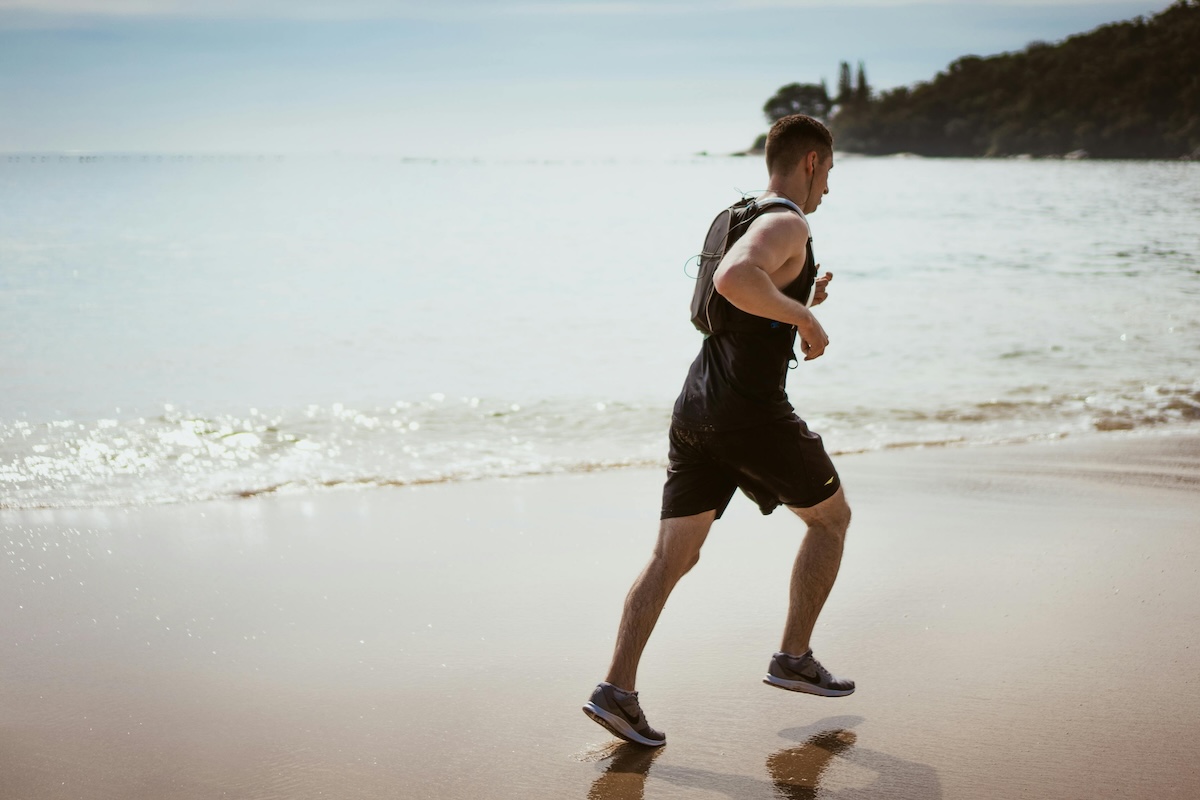
Running can be challenging, especially for beginners; you may feel pain, aches, and shortness of breath just after running a short distance. But the truth is that running comes with many proven benefits, so it is often worth all the trouble.
Although you may not run as fast as the famous runners you admire during your workout, you can build endurance at your pace, learn how to run faster and longer without getting tired, and set new goals for yourself.
Even experienced runners sometimes experience a workout plateau, but they break the barrier by increasing their mileage and speed.
So, learning how to run faster and longer is important to make the most out of your workout. Keep reading to discover valuable strategies for running faster and longer. It is time to dive in.
How much progress can you make with running?

The progress you can make with running varies depending on factors like your fitness level, diet, frequency and intensity of runs, and lifestyle.
Whether the goal is to run faster or longer, or both, within five to six weeks, you can typically see changes in your endurance and speed. You may also notice some improvement in your general health, better sleep patterns, and enhanced fitness levels.
However, remember that this is different for everyone, especially with regard to the factors mentioned above. Therefore, do not push yourself too hard. Instead, try to focus on being consistent.
Should you focus on speed or stamina first?

Speed and stamina are valuable skills for running, but it is more important to build an endurance base first. This means you need to focus on stamina before speed training.
It may be tempting to run faster because better race times can be very satisfying, but without stamina, this can put you at risk of injury. Building stamina first will help to ensure you get the correct form and techniques for running.
With time, you can start training for speed; by then, you must have built stamina and gained enough experience to handle the speed.
Tips for running faster

Build your strength
Runners need to be light, so they do not necessarily need to bulk up. However, adding resistance training to your routine can strengthen your body, and you need this strength to run faster. Some strength training exercises that will help you run faster include jump squats, press-ups, burpees, weighted lunges, and glute bridges. If you can incorporate these exercises into your routine, you may notice quick progress with your running speed.
Add sprints to your long runs
Sprinting is an effective way of increasing speed, especially in long-distance marathons. It involves gradually increasing your running pace per mile. So, you must first figure out your average speed per mile and then determine the timing for your sprints. For example, if you run seven minutes per mile, increase your speed at the last minute of every mile.
Choose lightweight shoes and gear
Of course, to run faster, you must dress the part. Avoid shoes or gear that can add extra weight to your body and slow you down. Instead, choose lightweight running shoes and gear, breathable fabrics, and free clothes that will not restrict movement.
Practice interval training
Interval training is another effective way to build strength and run faster. It gradually increases your body’s efficiency. To do this, visit a running track, warm up, check your heart rate, and make sure it is below 120 BPM before running. Cover 200 meters on the track at a go, then rest. Wait for your heart rate to go below 120 BPM again, and repeat the run.
Take time to relax
Besides your regular rest days, take some extra time off to relax. Focus on progressive muscular relaxation, meditation, and yoga. This can help boost performance by increasing speed and stamina while regulating your oxygen intake, heart rate, and breathing rate.
Tips for running longer

Warmup and stretch
A good warmup prepares your body for exercise, helping you avoid muscle tightness, burnout, and injuries when running. Likewise, mild stretching exercises can help your body heal and recover after every run. It can also reduce pain and inflammation.
So, one valuable tip for running longer is to warm up before every run and stretch after. Your body needs to be in the best state to endure long-distance running.
Breathe correctly
Shortness of breath is one of the major reasons many people cannot run for long. They will always run out of breath and start gasping for air. This may be a result of incorrect breathing patterns when running. So, to run for a longer time, you must learn to control your breath and make sure it is in sync with your body movements.
Run and walk
If you cannot run the entire distance, it is okay to stop and walk at intervals before you continue running. This walking and running combination can help you cover more distance without stressing or pressuring yourself too much.
During the walk, you can catch your breath, cool down, and even stretch without necessarily stopping because walking is also an exercise.
Fuel your runs
As you may already know, running requires a lot of energy. You have to eat well and hydrate to be able to run for extended periods. Fueling your run includes eating healthy amounts of protein, fiber, and carbohydrates.
Meanwhile, try to avoid dairy products (for people who are lactose intolerant), alcohol, and energy drinks since they can increase fatigue and upset your stomach when you run.
Go slow
If you desire to run longer, you should gradually build your stamina and endurance. If you are used to running one to three miles at a time, try to increase it gradually and give yourself time to adjust to every new increase. Rushing or adding too much too soon is a recipe for disaster, so learn to take things slow.



